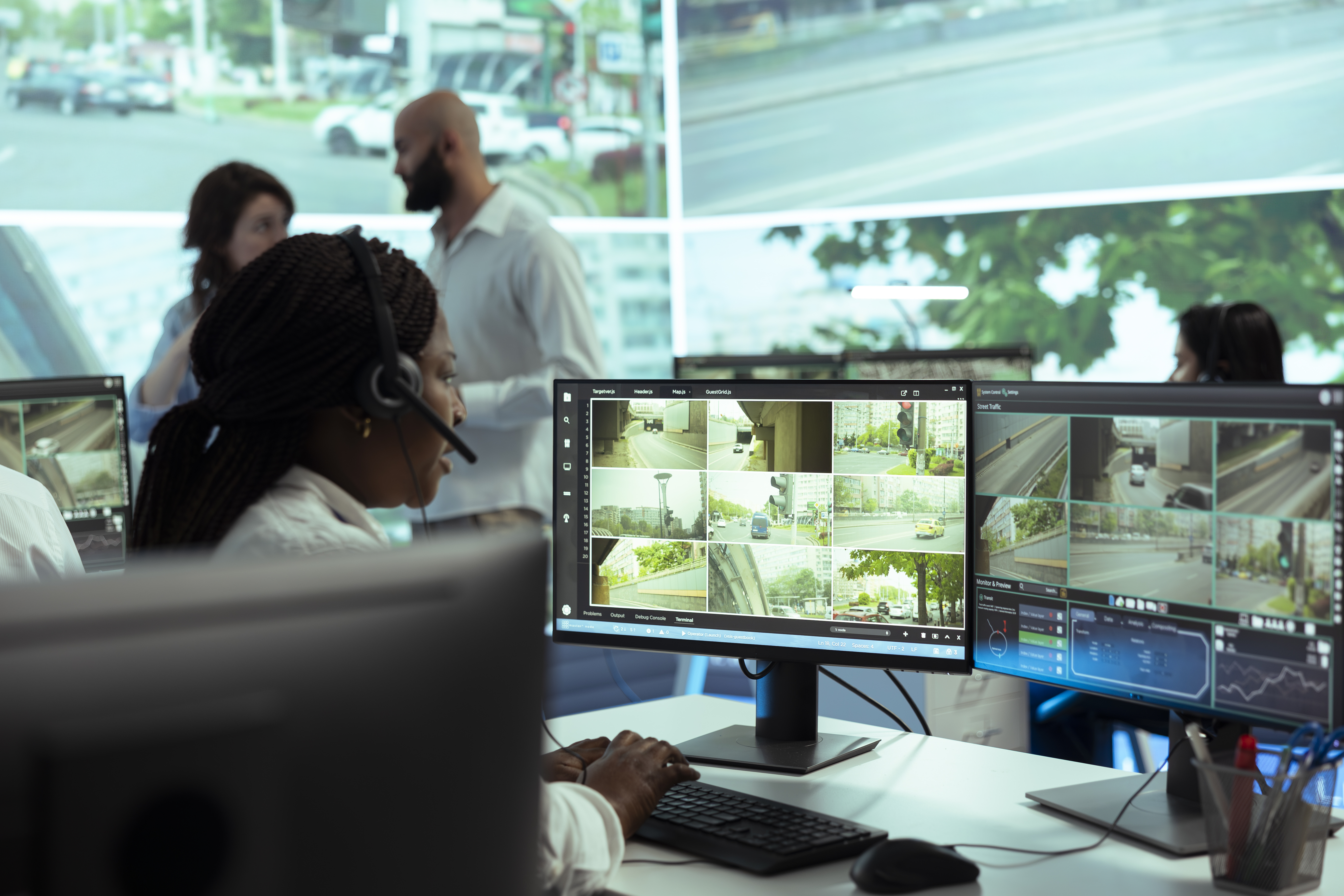Every headline reminds us how quickly a single moment can change everything. In today’s world, threats emerge faster, information travels wider, and response windows grow smaller. The challenge for modern security leaders is not how fast they can react, but how early they can detect.
That shift in thinking is reshaping how organizations approach safety. The most resilient environments now rely on connected intelligence: systems that interpret data in real time, connect human awareness with digital precision, and allow intervention before an incident takes shape.
This is no longer about faster response. It is about redefining prevention itself.
From Response to Prevention
In the past, security programs were built around reaction. Cameras recorded, alarms sounded, responders moved. But by the time those systems activated, the critical moment had already passed.
Today, the most forward-thinking organizations are breaking that cycle. They are learning to move sooner, to see not just what is happening but what could happen next. They study the subtle patterns that precede a threat, connect information across departments, and transform awareness into decisive action.
A proactive framework turns scattered alerts into a single, living picture of risk. It gives leaders the ability to predict where, when, and how incidents might unfold, and to take meaningful steps to prevent them.
This evolution does not remove the human element. It enhances it. By pairing technology with human insight, operators gain a new level of situational understanding, one that protects people before harm ever reaches the door.
Integrated Systems and Predictive Insights
This new way of thinking begins with connection. Modern command centers are not simply rooms filled with screens. They are intelligent ecosystems designed to link every signal that matters.
- Access control and video analytics reveal movement trends and unusual behaviors.
- Real-time data platforms unify events from across facilities, networks, and endpoints.
- Automation and AI-driven analytics highlight irregular access attempts, overlapping schedules, or abnormal dwell times that may indicate elevated risk.
- Predictive models continuously interpret these signals, transforming data into early warnings that guide decision-makers in the moment.
When these technologies operate together, they create a single layer of operational intelligence, a unified source of truth that eliminates blind spots and strengthens clarity. Leaders can see what is happening, who is affected, and what to do next, all in real time.
The Power of Real-Time Correlation
With that clarity comes speed and precision. Prevention happens in the narrow space between awareness and action. One alert, one sensor, or one report may seem insignificant on its own. But when correlated with other data, an unusual access attempt, a timing anomaly, or an environmental shift becomes a signal of intent.
Rather than reviewing events after the fact, integrated analytics correlate information in real time, generating alerts only when the right combination of factors suggests risk. This reduces false alarms, accelerates intervention, and improves decision-making.
Imagine a system that detects a repeated attempt to access a restricted zone, cross-references employee schedules, identifies a potential credential misuse, and notifies on-site teams within seconds. The response becomes automatic, precise, and timely, long before the situation escalates.
Prevention, once reactive and uncertain, becomes a data-driven process built on correlation and context.
Human Awareness Enhanced by Data
Even the most advanced analytics mean little without human interpretation. No system replaces intuition; it strengthens it. The best command environments merge technology with experience, allowing professionals to focus on understanding, not just observing.
Real-time dashboards, automated workflows, and adaptive alerts give operators confidence and control. They shift from monitoring to analysis to action inside one ecosystem that connects security, IT, operations, and leadership.
When information moves freely, coordination follows naturally. Response is no longer delayed by uncertainty or fragmented communication. It is executed with precision, guided by shared understanding.
Building a Culture of Prevention
Over time, technology and awareness evolve into something deeper: culture. Proactive security is not a product to deploy. It is a mindset to cultivate. It starts with shared visibility and grows through alignment, repetition, and trust.
- Unified platforms remove silos between physical and digital systems.
- Data transparency encourages collaboration across departments.
- Simulation and training transform theory into muscle memory, preparing teams to act before incidents materialize.
- Continuous improvement ensures that every near miss, false alarm, or resolved event feeds back into the analytics model, making each day safer than the last.
This culture transforms an organization’s outlook from waiting for something to happen to ensuring it never does.
Looking Ahead
As technology advances, so do expectations for what security can achieve. The next generation of prevention depends on real-time visibility, data-driven foresight, and a unified operational picture where every second counts and every signal matters.
i2G Systems represents that future. It produces an ecosystem where information becomes intelligence and intelligence becomes action. By integrating technology, data, and human insight, i2G empowers organizations to predict, prevent, and protect with clarity and confidence.
Because true safety is not about how quickly you respond.It’s about recognizing risk before it ever steps inside.




